Major energy companies are radically transforming their operations through sophisticated Drone Technology, with industry leaders Aramco, Shell, Chevron, and bp leading the charge in this technological revolution, according to EV Magazine.
Drones Emerge as Game-Changers in Energy Sector
The implementation of drone technology isn’t just a minor upgrade – it’s completely reshaping how these energy giants handle inspections, maintenance, and safety protocols. Shell’s been at this since 2010, and they’ve really perfected their approach. At their Energy and Chemicals Park Rhineland, they’re running fully autonomous drone inspections of tank farm roofs, something that used to require dangerous manual inspections.
“Shell is highly innovative in tank roof inspections with the deployment of the automated drone solution,” explains Thomas Klein, Innovation Lead at Shell. He adds that “This technology can also be used for many other monitoring tasks that make these operations safer and more efficient.” That’s not just corporate speak – they’re seeing real results.
Chevron’s making serious headway too. They’ve achieved something pretty special: FAA approval for drone operations in shared airspace. This is huge because it allows them to monitor their vast pipeline network more efficiently than ever before. The environmental impact is significant – these drone inspections use way less fuel than traditional methods, helping cut their carbon footprint.
The Economics Make Sense
Let’s talk numbers: When it comes to solar farm inspections, drones are cutting costs by up to 50%. But it’s not just about saving money – these inspections are actually more thorough and consistent than traditional methods. The drones can cover more ground, more frequently, and spot issues that might be missed by human inspectors.
Safety Revolution: Keeping Humans Out of Harm’s Way
The safety implications are massive. Instead of sending human inspectors into potentially dangerous situations – think high-altitude inspections, offshore platforms, or areas with toxic fumes – drones are taking on these risky tasks.
Aramco’s Senior VP of Engineering Services, Khalid Y. Al-Qahtani, emphasizes this point:
“Deploying industry-leading robotics and drone applications across Aramco’s business is driving safer, cost-effective and more efficient practices.”
Since 2015, Aramco’s been using ultrasonic drones to detect structural defects that could compromise asset safety – something that used to put human inspectors at risk.
Advanced Technology Integration
These aren’t your average consumer drones. The technology integrated into these machines is impressive, with each drone carrying sophisticated equipment for various specialized tasks. Thermal imaging sensors detect minute temperature variations that could indicate problems. LiDAR systems create detailed topographic maps of facilities. Wind measurements and solar irradiance data collection happen simultaneously during flights. Perhaps most impressively, ultrasonic sensors conduct detailed structural analysis that previously required hands-on human inspection.
The Data Revolution
One of the most impressive aspects is how these companies are handling the massive amount of data collected. The drones are gathering millions of data points during each flight, which then feed into advanced AI and machine learning systems. bp’s approach to this is particularly interesting, as noted by their VP for Data and Analytic Platforms, Abeth Go:
“Modularity is at the heart of bp’s digital approach to drive an integrated set of world-class customer experiences, reduce the time to value for new products and enable bp to create new businesses. We need to mobilise swiftly, especially when entering new markets.”
Digital Twins: The Future of Asset Management
The creation of digital twins might be the most fascinating application of all this drone data. These virtual replicas of physical infrastructure are changing how these companies manage their assets. BP’s implementation of digital twins across their global production systems, using platforms like APEX and Microsoft Azure, shows just how powerful this technology can be.
Emergency Response and Risk Management
In emergency situations, these drones are proving invaluable. When incidents occur, drone teams can rapidly deploy to survey damaged areas while keeping human personnel at a safe distance. They excel at monitoring oil spills in real-time, assessing gas leaks safely, and checking structural stability after incidents. This capability has transformed how emergency response teams approach crisis situations, allowing for faster, safer, and more effective responses to potentially dangerous situations.
DroneXL’s Take
From a broader perspective, this transformation in the energy sector represents one of the most significant applications of drone inspection technology we’ve seen. The way these energy giants are utilizing drones isn’t just about automation or cost savings – it’s about fundamentally reimagining how we manage and maintain critical infrastructure. Recent developments in Drone Inspection technology, as covered in our latest inspection analysis, show that this trend is only accelerating, with new sensors and AI capabilities pushing the boundaries of what’s possible.
Looking at recent developments in the drone technology sector, it’s clear that these energy companies are just scratching the surface of what’s possible. The combination of AI, advanced sensors, and autonomous flight capabilities is opening up new possibilities almost daily.
What’s your take on how these energy giants are revolutionizing their operations with drone technology? Are we seeing the future of industrial inspections? Share your thoughts in the comments below!
Discover more from DroneXL.co
Subscribe to get the latest posts sent to your email.

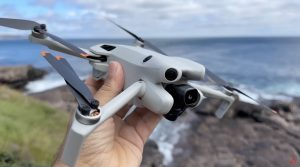

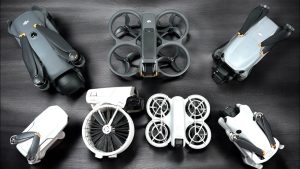
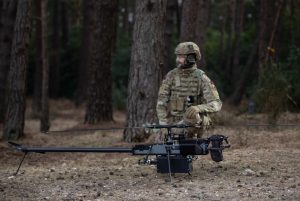
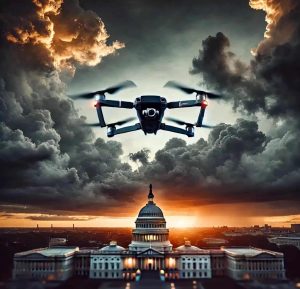

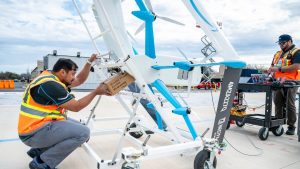
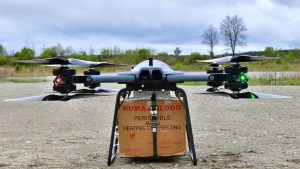
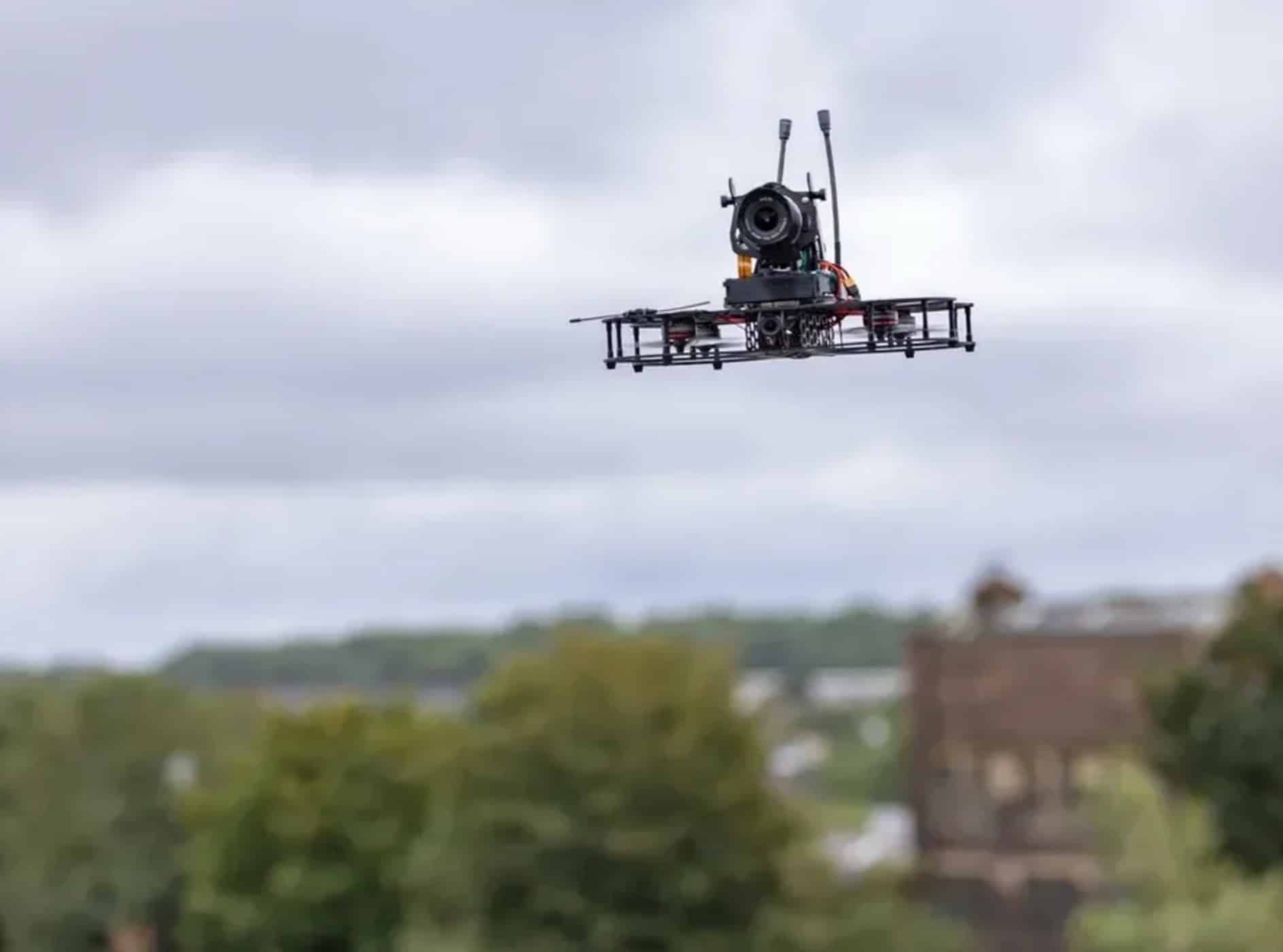
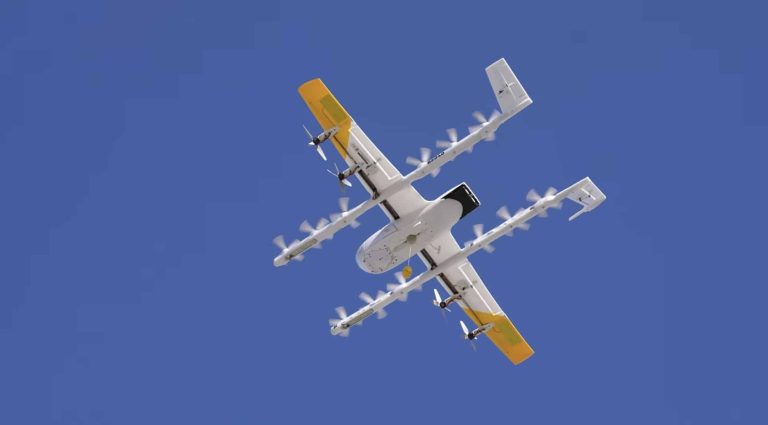
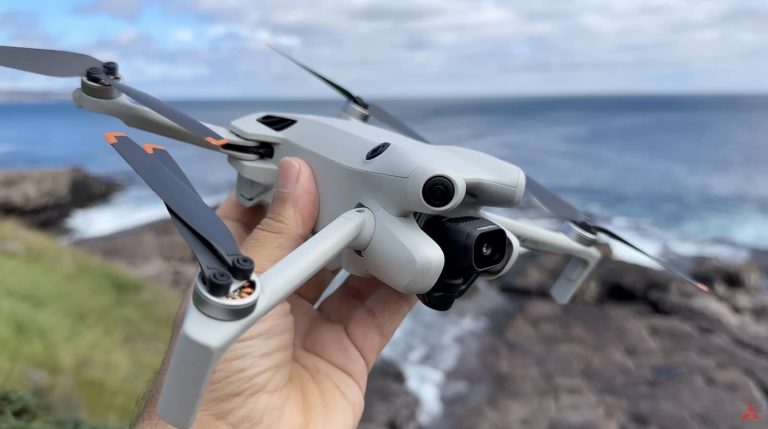
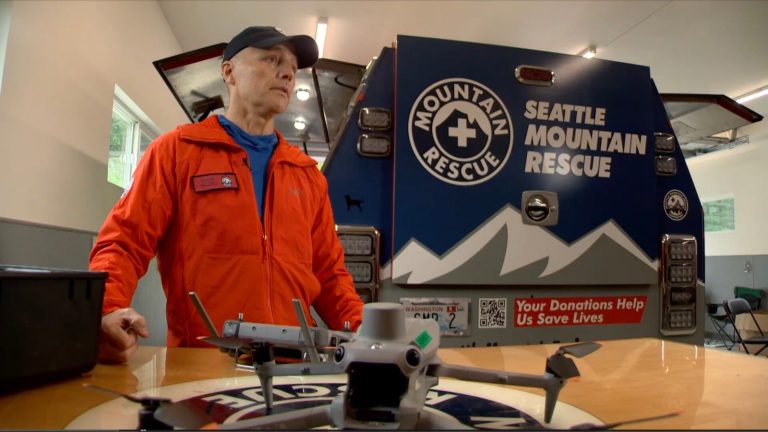
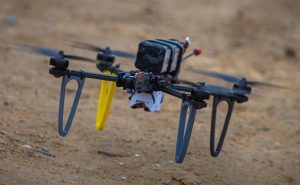
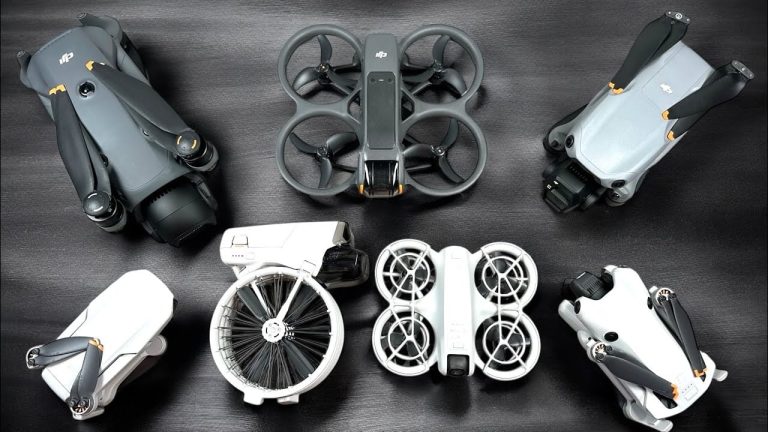

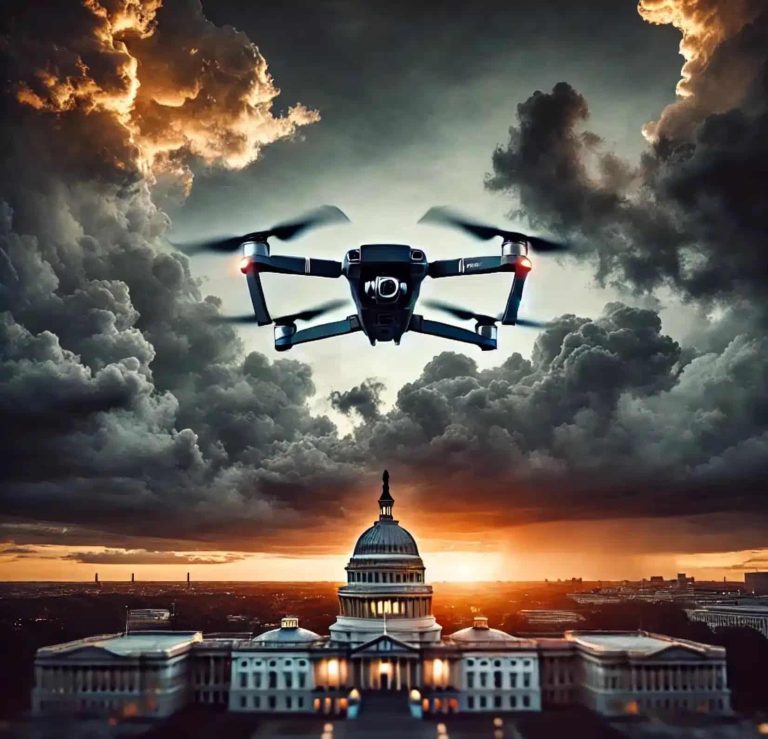
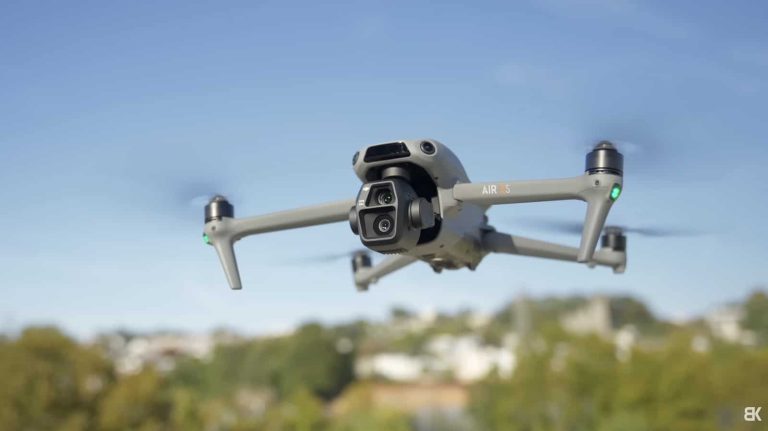
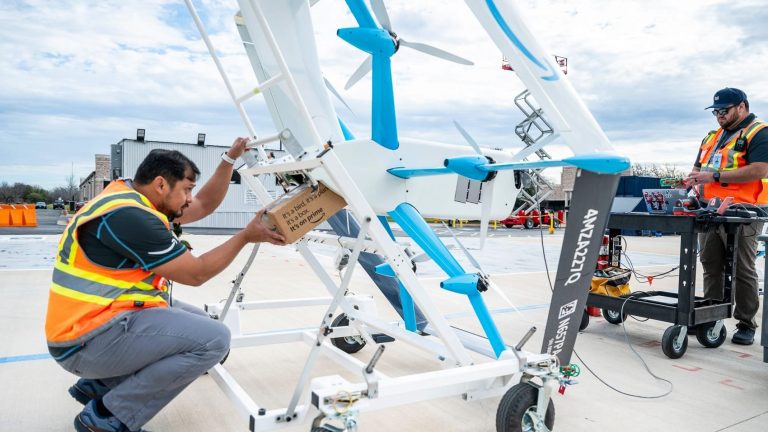
+ There are no comments
Add yours